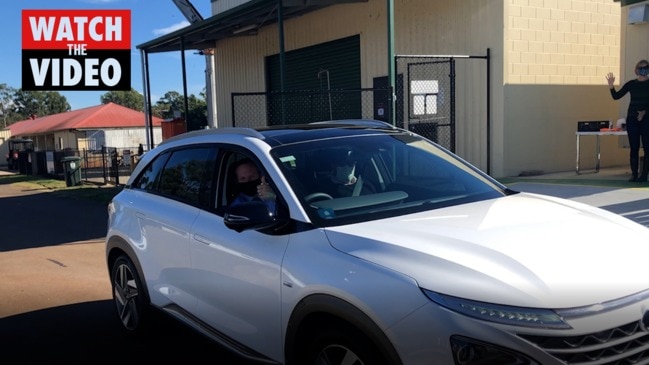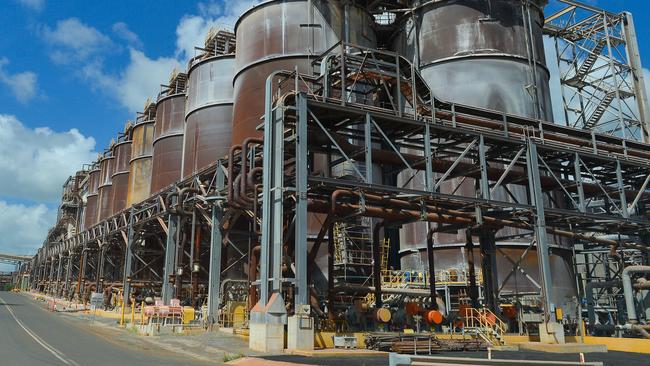Rio seals deal with Japan’s Sumitomo for Qld hydrogen hub
Rio Tinto and Japan’s Sumitomo will explore hydrogen production in Queensland, as Asian economies step up renewable energy development.

Japan’s Sumitomo Corp and Rio Tinto have announced plans to explore hydrogen production in Queensland, as major Asian economies accelerate renewable energy development.
Sumitomo and Rio Tinto Tuesday said they would study the building of a hydrogen pilot plant to help power the mining giant’s Yarwun alumina refinery in Gladstone.
The industrial city in central Queensland has been flagged as a future hydrogen export hub as Asian countries such as Japan seek to reduce their reliance on fossil fuels.
Rio Tinto Australia chief executive Kellie Parker said the two companies would explore the use of hydrogen not only for the refinery but to supply industry more broadly in Gladstone.
Ms Parker said that reducing the carbon intensity of alumina production would be key to meeting the company’s 2030 and 2050 climate targets.
She said as well as helping the company “decarbonise” it operations the move to hydrogen could ultimately allow access to cheaper power.
Rio’s Boyne aluminium smelter in Gladstone has struggled in recent years due to high power costs but experienced a turnaround this year helped by aluminium price increases.

Sumitomo is the second major Japanese company to announce plans for a hydrogen plant in Gladstone. Itochu Corp in June signed a memorandum of understanding with Australian Future Energy, which is developing the $1bn Gladstone Energy and Ammonia Project.
Japanese ambassador to Australia, Shingo Yamagami, said earlier this year that hydrogen shipments from Australia to Japan could eventually rival the post-war boom in coal trade between the two countries. Mr Yamagami said Australia was set to become a major source of hydrogen for Japan as it moved to a carbon-neutral economy by 2050.
Sumitomo energy innovation director Hajime Mori said the Gladstone plant was part of the company’s vision to achieve carbon neutrality by 2050. “Ultimately we would hope to be exporting hydrogen to Japan by 2032 when the Brisbane Olympics is on,” he said.
Queensland Minister for Energy, Renewables and Hydrogen Mick de Brenni said Gladstone’s deep water port, water security from the Awoonga Dam, and industrial base made it the ideal place to become the hydrogen capital of Australia.
The Sumitomo partnership complements a recently announced feasibility study into using hydrogen to replace natural gas in the alumina refining process at Yarwun.
Deputy Premier and Minister for State Development Steven Miles said the deal between Rio and Sumitomo was the beginning of a wave of international collaborations that would lead to new industries and jobs underpinned by renewable energy.
Japan’s move to shore up Australia as a secure source of renewable energy comes amid warnings from Tokyo about the threats posed by an increasingly “assertive” China in the Asia Pacific. Japan’s energy supply has become less certain following the 2011 Fukushima nuclear disaster that made it more reliant on imports of fossil fuels such as oil, gas and coal.
Earlier this year Sumitomo, Gladstone Ports Corporation, Gladstone Regional Council, the Australian Gas Networks and CQUniversity Australia announced plans for a “hydrogen ecosystem” in Gladstone to initially pursue domestic use before moving to exports.
